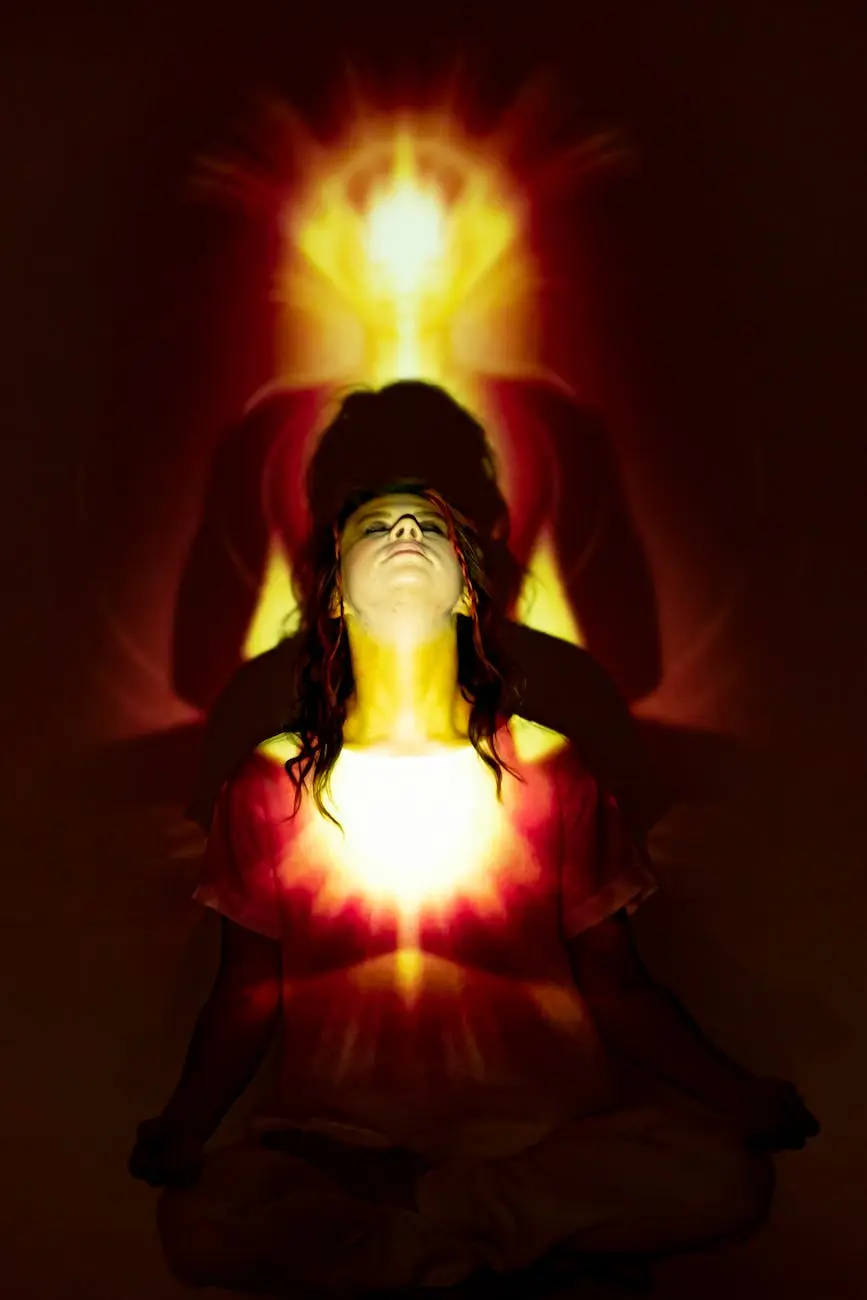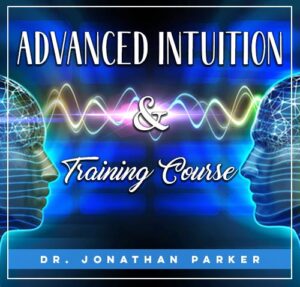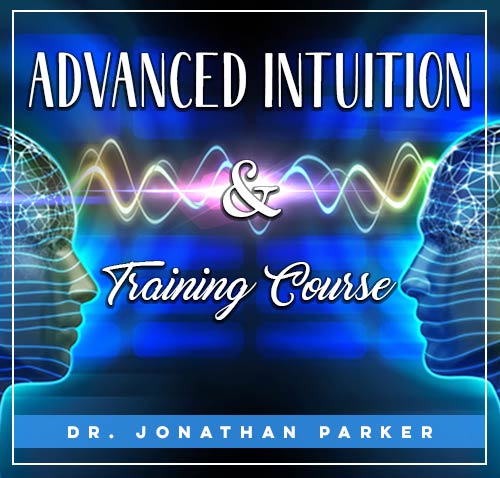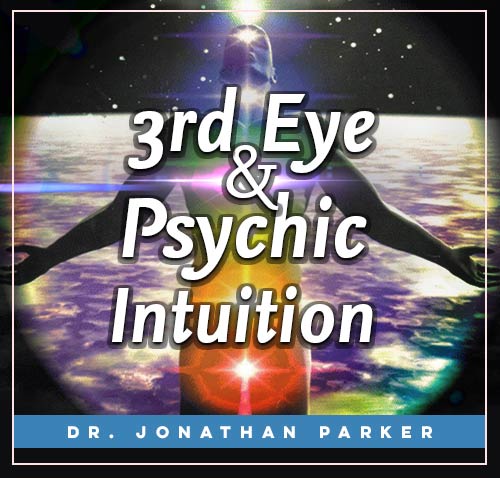What Exactly Does “Astral Projection” Mean?

Looking for more amazing products? Check out our online store and explore our collection here! Happy shopping!
Before diving in, please note: This post is for informational purposes only. If you’d like to know more about how we approach topics, feel free to check out our friendly Disclaimer Page.
Hey there, amazing readers! 
We’re committed to delivering quality posts, and your support (even just sticking around despite the ads) means everything to us. So, bear with us, and thanks for helping us keep the good vibes rolling. Now, on to the fun stuff!
TRANSLATE BUTTON AT THE END OF THE ARTICLE
You can refer to it however you like: astral body, energy body, dream body, Tantric subtle body, Buddhist light body, Egyptian ka, Taoist diamond body, Hindu body of bliss.
In Christianity, it is referred to as the experience of different “heavens.” For example, “One of the men I know experienced being taken up to the third heaven.” From 1 Corinthians 12:1-4: “Whether it was in our body or not, I do not know.”
The sensation of the subtle body is shared by all humans and seems to be an inherent component of the human blueprint, similar to the way that we all have fingernails and kidneys.
It is this subtle body that projects or travels astrally and therefore is active throughout the subconscious and lucid dreaming; astral projection and dreaming frequently go hand in hand as “out-of-body experiences,” or OBEs.
This is because the subtle body projects astrally and is active throughout both types of dreaming.
As a matrix for awareness, the subtle body, when properly nurtured, is capable of surviving the physical body.
Astral projection and lucid dreaming are both components of the spiritual training courses that lead to the development of the subtle body.
The subtle body is sometimes confused by newbies with the soul or spirit, both of which are extra components of multi-dimensional beings.
Astral Projection and Other Forms of Out-of-Body Experiences
An out-of-body experience (OBE) may be voluntary or involuntary, as in the case of near-death experiences, in which individuals describe finding themselves hovering close to the ceiling of their hospital rooms and perhaps seeing medical professionals struggling to resuscitate them.
OBEs may be triggered by traumatic experiences, sickness, or being deprived of water and food, similar to how Native American vision quests work.
Opportunities for purposeful out-of-body experiences might present themselves in lucid dream states.
Although there are others who would argue differently, for the sake of this article, out-of-body experiences (OBEs) may be considered spontaneous and astral projection can be considered a deliberate decision.
In its most basic form, the out-of-body experience (OBE) starts with the sensation of “leaving” one’s body and “consciously viewing” it from a position of detachment.
It is possible to focus one’s consciousness on certain areas or activities, such as flying, with sufficient experience and clarity.
Yes, the airplane.
You’ve probably had out-of-body experiences (OBEs) if you’ve ever dreamed about flying (as in, really flying; a 747 isn’t necessary) or being in the sky.
Some people believe that humans have out-of-body experiences (OBEs) on a regular basis as we sleep, typically floating a few centimeters above our physical bodies.
Neuroscientists are perplexed because, despite the fact that medical experts no longer brush off the experience out of hand, the scientific community continues to believe that out-of-body experiences are caused by neurological or brain disorders.
Following his own out-of-body experience, Dr.
Raymond Moody, MD, developed an interest in near-death OBEs.
Over the course of many decades, he conducted interviews with hundreds of experiencers and gathered data in order to define the common characteristics of OBEs.
Moody discovered nine similar features that are present in a near-death OBE; however, some people only experience two or three of these aspects.
The Advantages of OBE
Tantric practitioners become experts in lucid out-of-body experiences (OBEs) and dream states in order to conquer their dread of death and discover that we are not our “bodies.”
They also found that the physical body may undergo profound healing during OBEs, which is a surprising finding considering that the mind can be taxing on the body.
In addition, rather than wasting time by meditating while the body was resting, yogis maintained their work throughout the night while the body was at rest.
Some athletes learn to control their dreams in order to better prepare for competition and visualize their performance.
They not only envision their work while working in a dream or when out of their bodies, but they also have a “felt sense” of their training and are able to truly learn the muscle memory for winning routines.
The chance to investigate previous lifetimes, in addition to a heightened pace of personal growth, is beneficial to other people.
Techniques for Astral Projection
There are a lot of different ways to learn how to accomplish astral projection and conscious out-of-body experiences.
Unlock your potential with the Advanced Intuition Training Course – start here.
There are two ways to handle this problem.
One of them is to keep one’s mind alert while one’s body sleeps.
The challenge here is that the mind wants to act in the same way that the body does.
The objective is to guide the body into deeper and deeper levels of relaxation without allowing it to go into unconsciousness at any point throughout the process.
Yoga Nidra is one way.
When the practitioner’s body enters the sleep state, they simply “roll out” of their body and into another realm.
Before going to sleep, the ancient yogis would bind together two frogs.
Once tethered, the frogs would croak incessantly, and a yogi would utilize the sound to anchor consciousness while the body slipped into sleep.
The yogi would then either leave the body or experience lucid dream realms, depending on which they preferred.
If the yogi was dreaming and suddenly realized he or she could no longer hear the frogs, it meant that they had lost their lucidity and would need to “wake up” again inside the dream.
How to Perform an Astral Projection or Travel
The Steps of the Monroe Institute
Bob Monroe, the founder of The Monroe Institute, which is the preeminent research institution in the subject of human consciousness, wrote a body of work in 1971 titled “Journeys Out of the Body,” in which he offers a precise framework for how to astrally project or stick out one’s self in seven simple steps:
First, let go of any tension in your body and clear your mind.
The second step is to put yourself into a hypnagogic state, sometimes known as half-sleep.
Go deeper into the condition by putting more emphasis on the cerebral sensations rather than the physical ones.
The fourth step is to focus your awareness on the vibrations that are already present in your surroundings.
These vibrations will become readily apparent when you are in a state of intense concentration.
The fifth step is to feel the vibration in your physical body and then relax into the presence of the vibration.
The astral body is going to be coaxed out of the physical body by giving it a little jiggle here and there.
Direct your attention on the process of disengaging from the limbs and the torso, and make an effort to do it in stages.
Known as “lifting out,” and it requires you to concentrate on floating freely out of your physical body.
The Technique of Astral Projection Using a Rope
The rope technique, which originates from the work of Robert Bruce, the man who established the Astral Dynamics movement, is considered to be one of the most approachable ways of astral projection.
First, relax the physical body by mentally going over each muscle in turn.
From your area of calm, enter a vibratory state; this should feel like an increased version of the pulsations running through your body from the vibration mode on a mobile phone.
Imagine that there is a rope dangling above you at the third step.
In the fourth step, you will use your astral, or subtle, body to make a grab for the rope with both of your hands.
The physical body maintains a state of full relaxation throughout.
Beginning to Climb the Rope Hand Over Hand While Visualizing Reaching the Ceiling Above You This is the fifth and last step in the process.
After you have been conscious of your complete departure from your physical body, you will be ready to investigate the astral realm.
Lucid Dreaming Techniques
One more time, there are many different ways to achieve lucid dreaming.
Some of these techniques are intended to teach the dreamer how to wake themselves up while they are dreaming, while others teach ways to remain lucid even while the body prepares for sleep.
An Approach Based on Nootropics
Indeed, it does have an odd sound.
Nicotine has distinct effects on the chemical makeup of the brain, although this is in no way related to the act of smoking.
Nicotine is gaining popularity among biochemical brain hackers since it is said to improve cognitive function.
Many people who are trying to stop smoking by using nicotine patches have made the unfortunate discovery of what might happen if they fail to remove the patch before going to bed.
Nicotine use is associated with hyperrealistic yet irrational dreams, the likes of which are so outlandish that many people merely think to themselves, “Omg.
This can’t possibly be real.
It is impossible for it to be anything else.
And just like that, one has achieved clarity.
Due to the fact that many people report having nightmares while smoking nicotine, this is not an endorsement of the approach.
How to Achieve Lucid Dreaming Through Routine and Practice
As soon as we become aware that we are dreaming, we enter a condition known as lucidity.
Some individuals prepare for competition by repeatedly asking themselves, “Is this a dream?” over the course of many days or weeks.
Things like the Starlight Vocal Band’s “Afternoon Delight,” the question will ultimately become lodged in the same area that tunes and jingles get lodged, and it will be difficult to remove it from that location.
You have a firm grasp of the topic at hand.
The idea behind this theory is that the same question will start to pop into one’s head on a regular basis, and that ultimately, it will do so while one is dreaming.
Lucid dreaming occurs when the dreamer realizes they are dreaming and responds, “Yeah, this IS a dream!”
During periods of REM (rapid eye movement) sleep, you have the highest chances of becoming lucid within the context of a dream.
This phase lasts for about the first two hours after we fall asleep and continues until just before we awaken.
The amount of time spent in REM sleep may be increased by periodically waking up and falling back to sleep throughout the night.
Some people utilize a technique known as the sleep-wake method, which involves setting alarms at regular intervals throughout the night, getting out of bed for a few minutes, and then going back to sleep with the goal of keeping their minds alert.
In the event that you are startled awake during a dream, you should go back to sleep as soon as possible and try to resume the dream while maintaining your lucid state.

The Enlightenment Journey is a remarkable collection of writings authored by a distinguished group of experts in the fields of spirituality, new age, and esoteric knowledge.
This anthology features a diverse assembly of well-experienced authors who bring their profound insights and credible perspectives to the forefront.
Each contributor possesses a wealth of knowledge and wisdom, making them authorities in their respective domains.
Together, they offer readers a transformative journey into the realms of spiritual growth, self-discovery, and esoteric enlightenment.
The Enlightenment Journey is a testament to the collective expertise of these luminaries, providing readers with a rich tapestry of ideas and information to illuminate their spiritual path.
Our Diverse Expertise
While our primary focus is on spirituality and esotericism, we are equally passionate about exploring a wide range of other topics and niches 

To ensure we provide the most accurate and valuable insights, we collaborate with trusted experts in their respective domains 
Our blog originally focused on spirituality and metaphysics, but we’ve since expanded to cover a wide range of niches. Don’t worry—we continue to publish a lot of articles on spirituality! Frequently visit our blog to explore our diverse content and stay tuned for more insightful reads.
Hey there, amazing reader! 
Check out our store here and take a peek at some of our featured products below! Thanks for being awesome!














